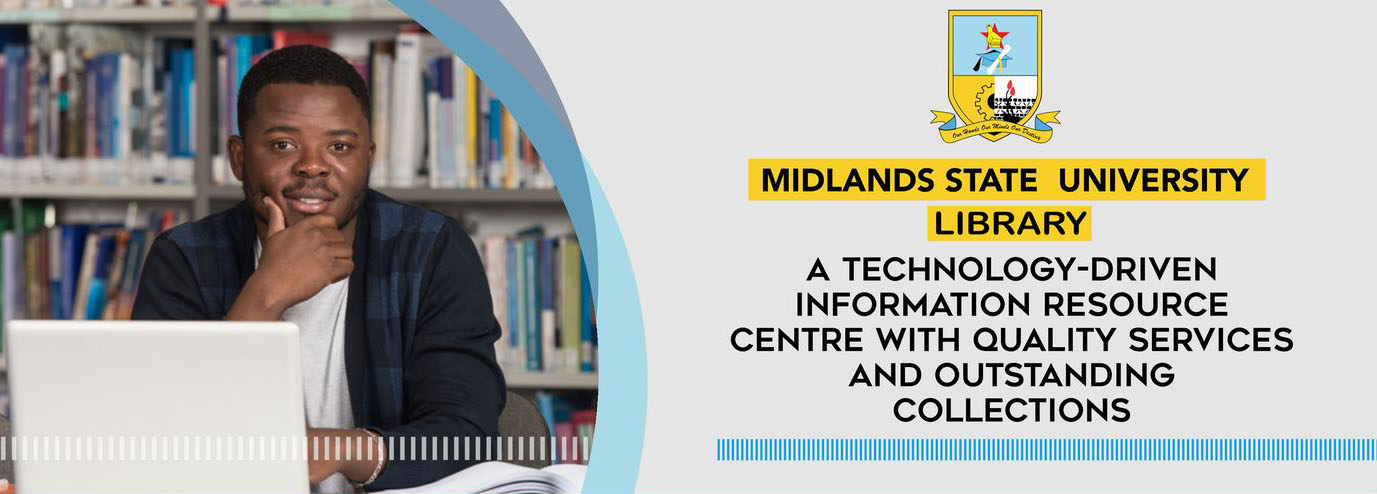Please use this identifier to cite or link to this item:
https://cris.library.msu.ac.zw//handle/11408/6519Full metadata record
| DC Field | Value | Language |
|---|---|---|
| dc.contributor.author | Maurice Douryang | en_US |
| dc.contributor.author | Lervasen Pillay | en_US |
| dc.contributor.author | Nonhlanhla S. Mkumbuzi | en_US |
| dc.contributor.author | Calogero Foti | en_US |
| dc.contributor.editor | Christina-Anastasia Rapidi | en_US |
| dc.date.accessioned | 2024-12-28T04:33:05Z | - |
| dc.date.available | 2024-12-28T04:33:05Z | - |
| dc.date.issued | 2024-07-16 | - |
| dc.identifier.uri | https://cris.library.msu.ac.zw//handle/11408/6519 | - |
| dc.description.abstract | Rehabilitation 2030 is a World Health Organization (WHO) concept for the development of a new initiative and vision on rehabilitation. This has stemmed from the profound unmet need for access to rehabilitation services and research, also in the field of primary healthcare, for a range of disabling acute, acute-on-chronic, and chronic conditions worldwide (1). As part of Universal Health Coverage (UHC), rehabilitation is a key component of the healthcare system. Prioritising rehabilitation will reduce the burden of disability. The WHO aims to goad world leaders and stakeholders to strengthen their healthcare systems to provide high-quality rehabilitation services. The aims of the WHO initiative are being partially realised in many regions of the world, and most health-related issues involve rehabilitation. In Africa, the increase in the incidence of disability is alarming due to (1) traffic and workplace accidents, (2) complications of medical interventions, (3) natural disasters and conflicts, (4) poor access to education, (5) communicable diseases (e.g., malaria, poliomyelitis, and leprosy), and (6) non-communicable diseases (e.g., diabetes, hypertension, and cancer). This begs the question about the effectiveness of the present role of rehabilitation in Africa. Is Africa adequately prepared with qualified rehabilitation professionals and is there access to resources to achieve the WHO’s rehabilitation action goals by 2030? To answer these questions, we need to identify African-specific challenges and should aim to address them. | en_US |
| dc.language.iso | en | en_US |
| dc.publisher | Frontiers Media | en_US |
| dc.relation.ispartof | Frontiers in Rehabilitation Sciences | en_US |
| dc.subject | WHO | en_US |
| dc.subject | rehabilitation 2030 | en_US |
| dc.subject | health system | en_US |
| dc.subject | African region | en_US |
| dc.subject | strengthening | en_US |
| dc.title | The World Health Organization’s Rehabilitation 2030 vision: an African perspective | en_US |
| dc.type | research article | en_US |
| dc.identifier.doi | https://doi.org/10.3389/fresc.2024.1442626 | - |
| dc.contributor.affiliation | Department of Physiotherapy and Physical Medicine, University of Dschang, Dschang, Cameroon | en_US |
| dc.contributor.affiliation | Section Sports Medicine, Faculty of Health Sciences, University of Pretoria, Pretoria, South Africa | en_US |
| dc.contributor.affiliation | Department of Sport, Exercise, and Rehabilitation, Northumbria University, Newcastle upon Tyne, United Kingdom; Department of Human Movement Science, Nelson Mandela University, Qheberha, South Africa; Department of Rehabilitation, Midlands State University, Gweru, Zimbabwe; NtombiSport (PTY) Ltd, Cape Town, South Africa | en_US |
| dc.contributor.affiliation | Physical and Rehabilitation Medicine, University of Tor Vergata, Rome, Italy | en_US |
| dc.contributor.editoraffiliation | General Hospital of Athens G. Genimatas, Greece | en_US |
| dc.relation.issn | 2673-6861 | en_US |
| dc.description.volume | 5 | en_US |
| dc.description.startpage | 1 | en_US |
| dc.description.endpage | 4 | en_US |
| item.fulltext | With Fulltext | - |
| item.languageiso639-1 | en | - |
| item.openairetype | research article | - |
| item.openairecristype | http://purl.org/coar/resource_type/c_18cf | - |
| item.grantfulltext | open | - |
| item.cerifentitytype | Publications | - |
| Appears in Collections: | Research Papers | |
Files in This Item:
| File | Description | Size | Format | |
|---|---|---|---|---|
| The World Health Organization.pdf | Introduction | 9.38 kB | Adobe PDF | View/Open |
Items in MSUIR are protected by copyright, with all rights reserved, unless otherwise indicated.



